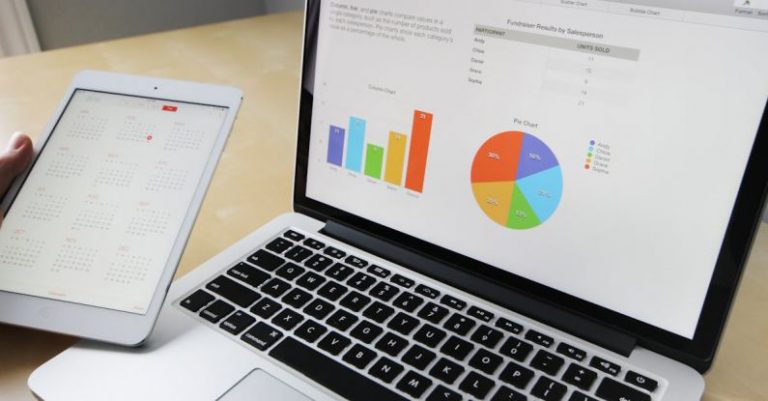
In today’s data-driven world, businesses and organizations rely heavily on data analysis to make informed decisions and gain valuable insights. However, the process of analyzing large sets of data can be overwhelming without the right tools. In this article, we will explore the essential tools that are crucial for effective data analysis.
Data Visualization Tools
One of the key aspects of data analysis is the ability to present complex data in a visually appealing and easy-to-understand format. Data visualization tools play a crucial role in this aspect by allowing analysts to create charts, graphs, and dashboards that help in identifying patterns, trends, and outliers within the data. Tools like Tableau, Power BI, and Google Data Studio are popular choices among data analysts for their robust features and user-friendly interfaces.
Statistical Software
Statistical software is another essential tool for data analysis, as it enables analysts to perform advanced statistical analyses on their data sets. Programs like R, SAS, and SPSS are widely used in the industry for tasks such as hypothesis testing, regression analysis, and clustering. These tools provide a wide range of statistical functions and algorithms that help analysts derive meaningful insights from their data.
Data Cleaning Tools
Before data analysis can begin, it is crucial to clean and preprocess the data to ensure its accuracy and reliability. Data cleaning tools like OpenRefine, Trifacta, and KNIME help analysts in tasks such as removing duplicates, handling missing values, and standardizing data formats. These tools automate the data cleaning process, saving analysts valuable time and ensuring that the data is ready for analysis.
Programming Languages
Proficiency in programming languages like Python, R, and SQL is essential for data analysts, as these languages provide the flexibility and power needed to manipulate and analyze large data sets. Python, with its rich ecosystem of libraries like Pandas and NumPy, is particularly popular for tasks such as data wrangling, machine learning, and web scraping. R, on the other hand, is preferred for statistical analysis and data visualization due to its extensive collection of packages like ggplot2 and dplyr.
Machine Learning Tools
With the increasing popularity of machine learning in data analysis, having knowledge of machine learning tools is becoming essential for data analysts. Tools like scikit-learn, TensorFlow, and Keras provide analysts with the ability to build predictive models, perform clustering, and conduct sentiment analysis on their data. These tools leverage algorithms like decision trees, neural networks, and support vector machines to extract valuable insights from the data.
Cloud Computing Platforms
As data sets continue to grow in size and complexity, the need for scalable computing resources has become paramount. Cloud computing platforms like AWS, Google Cloud, and Microsoft Azure provide analysts with the ability to store, process, and analyze large volumes of data in a cost-effective and efficient manner. These platforms offer services like data storage, data processing, and machine learning that enable analysts to leverage the power of the cloud for their data analysis needs.
In conclusion,
Effective data analysis requires a combination of technical skills, domain knowledge, and the right tools. By leveraging tools like data visualization software, statistical packages, data cleaning tools, programming languages, machine learning frameworks, and cloud computing platforms, analysts can extract valuable insights from their data and make informed decisions that drive business growth and success. Investing in the right tools and continuously updating one’s skill set is essential for staying ahead in the rapidly evolving field of data analysis.





